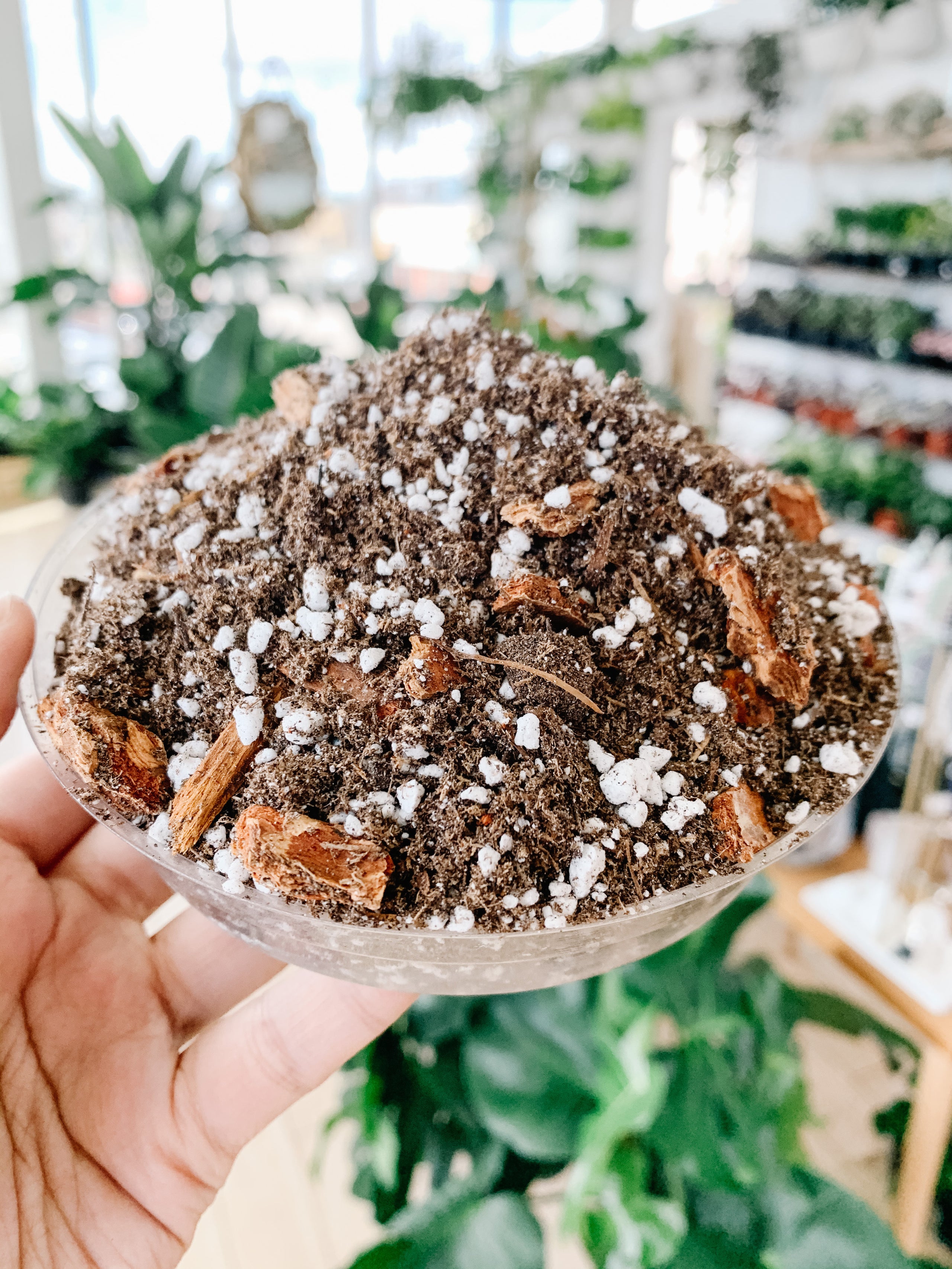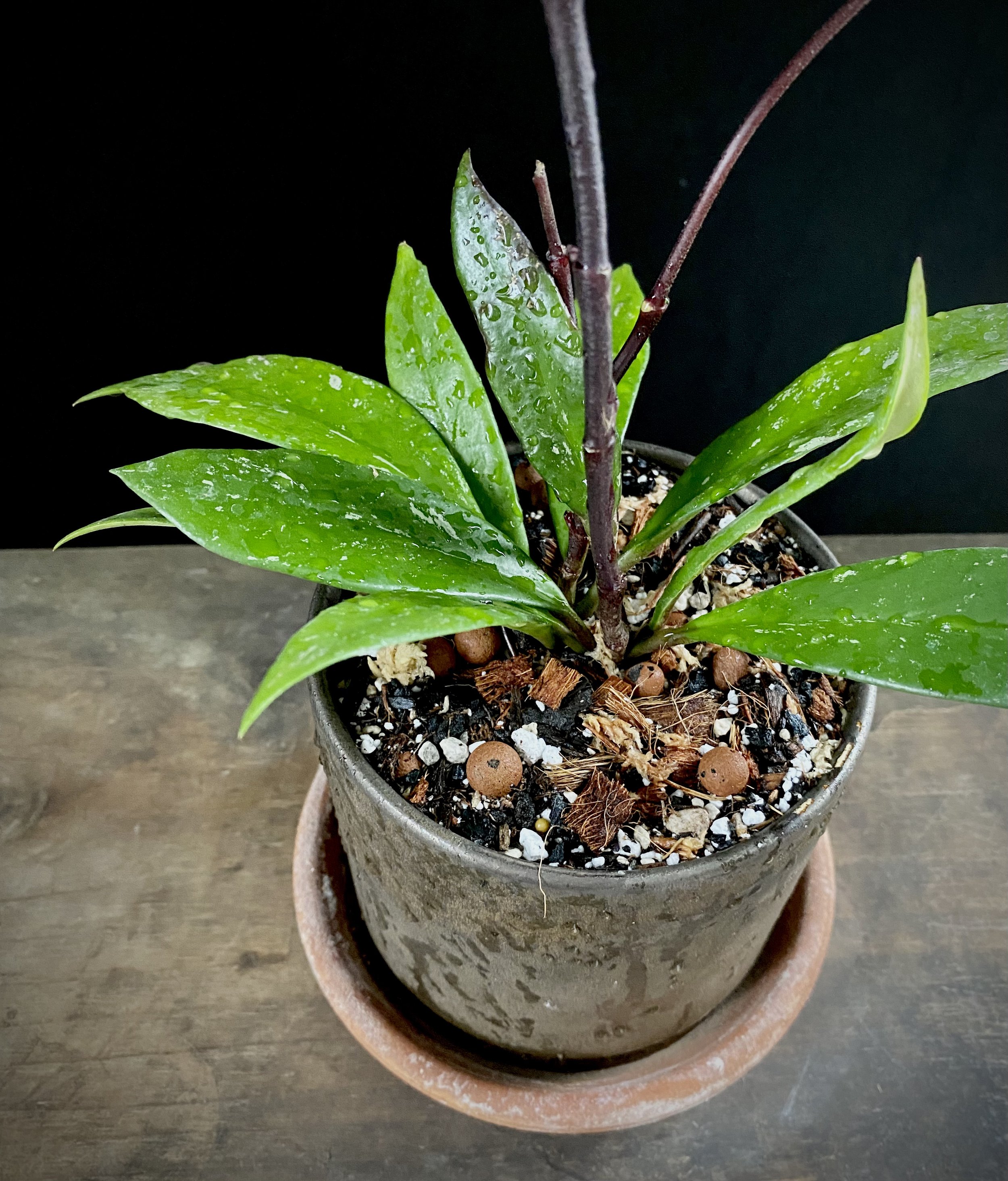The Enchanting World of Hoya plants
Hoya plants, often referred to as wax plants or porcelain flowers, are captivating houseplants renowned for their unique beauty and low-maintenance nature. These tropical vines, belonging to the Apocynaceae family, are native to Southeast Asia, Australia, and Polynesia. Their distinctive features include thick, waxy leaves and clusters of star-shaped flowers that come in various colors, from white to pink, red, and purple.
The Allure of Hoya Plants
Hoya plants possess an undeniable charm that makes them a popular choice among plant enthusiasts. Their lush foliage and delicate blooms add a touch of elegance to any indoor space. Additionally, many Hoya species are prized for their delightful fragrance, which can fill a room with sweet, floral scents.
Caring for Your Hoya Plant
Hoya plants are relatively easy to care for, making them suitable for both novice and experienced gardeners. Here are some essential tips for keeping your Hoya thriving:
Light Requirements
Hoya plants thrive in bright, indirect light. While they can tolerate low-light conditions, they may not bloom as profusely. Avoid exposing your Hoya to direct sunlight, as this can scorch the leaves.
Watering

Hoya plants prefer slightly dry soil conditions. Overwatering can lead to root rot, so it’s important to allow the soil to dry out completely between waterings. During the winter months, reduce watering frequency as the plant’s growth slows down.
Temperature and Humidity
Hoya plants prefer warm temperatures between 65°F and 85°F (18°C to 30°C). They also appreciate moderate to high humidity levels. To increase humidity, you can mist the leaves regularly or place a humidifier nearby.
Fertilizing
Hoya plants are not heavy feeders. Fertilize them once or twice a month during the growing season (spring and summer) with a balanced liquid fertilizer diluted to half strength.
Pruning
Pruning is not necessary for Hoya plants, but you can trim them to shape or remove dead or damaged leaves. It’s best to prune after the flowering period.
Repotting
Repot your Hoya plant every 2-3 years or when it becomes root-bound. Choose a pot that is slightly larger than the current one and use a well-draining potting mix.
The Perfect Soil for Your Hoya Plant

The right soil is crucial for the health and well-being of your Hoya plant. Here are the key characteristics to look for in a potting mix:
Well-Draining: The soil should be well-draining to prevent waterlogging, which can lead to root rot.
You can create a suitable potting mix for your Hoya plant by combining the following ingredients:
Peat Moss: This organic material helps retain moisture and nutrients.
Alternatively, you can purchase a pre-made cactus or succulent potting mix, which is often well-suited for Hoya plants.

By providing your Hoya plant with the right care and soil conditions, you can enjoy its beauty and fragrance for years to come.
